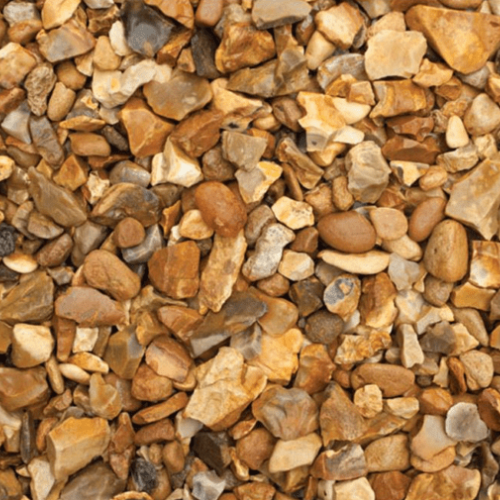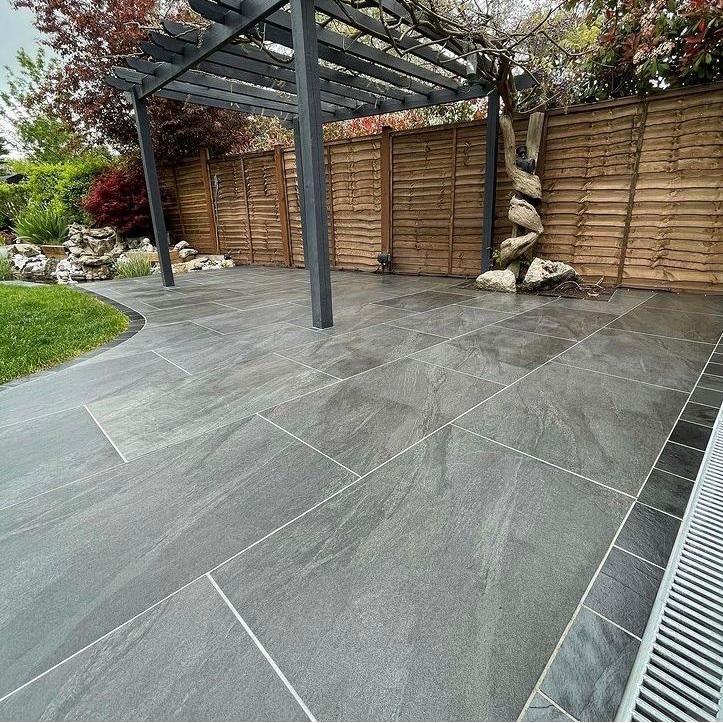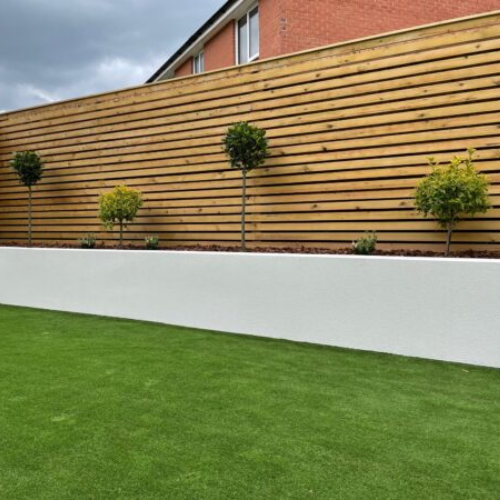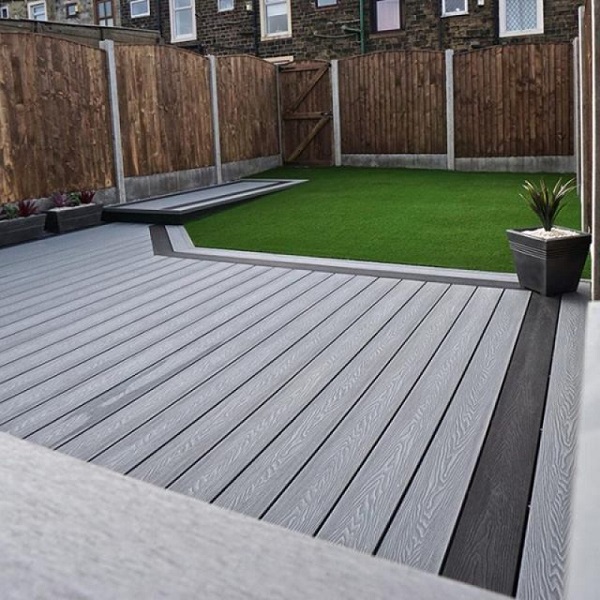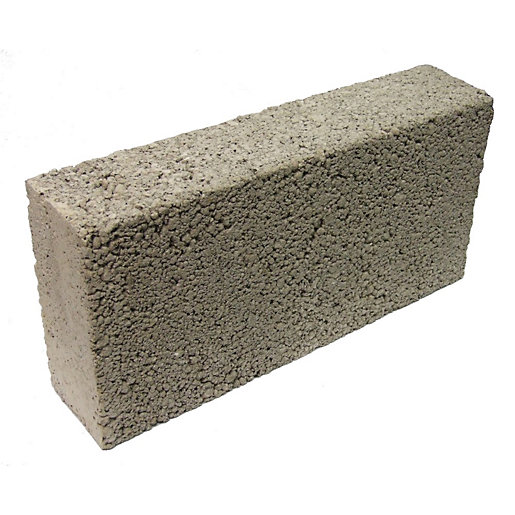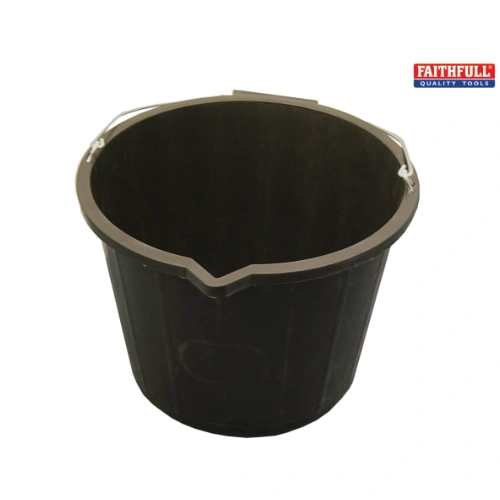
How to Clean Porcelain Paving: Easy Steps for a Spotless Patio
Porcelain paving is a popular choice for most modern patios and outdoor spaces in the UK. Its sleek, durable surface is resistant to stains and weathering, making it an ideal option for homeowners who want a stylish, low-maintenance outdoor area. Patios succumb to leaves, dirt and heavy footfall, even the toughest paving needs regular cleaning to keep it looking new. In this guide, we’ll show you how to clean porcelain paving efficiently and safely.

Why Clean Porcelain Paving?
Porcelain paving is known for being a very resilient material. It is non-porous, which makes it resistant to dirt and moisture. However, outdoor patios still accumulate dust, leaves, algae, and occasional stains. By regular cleaning your patio will maintain its elegant appearance, prevents moss and algae growth, extends the life of the paving and reduce slip hazards.
Step 1: Basic Cleaning Patios
A simple sweep from time to time will remove any dirt or debris that may stick when it inevitably rains. For deep cleans, it is best to sweep or rinse to remove loose dirt right before to prevent dirt from scratching the surface:
-
Sweep the surface with a soft broom or use a leaf blower.
-
Rinse the paving with clean water from a garden hose.
Step 2: Regular Cleaning Patio
To keep your porcelain paving looking fresh year-round it will need regular cleaning:
-
Prepare a mild detergent solution: Mix warm water with a few drops of a pH-neutral cleaner or gentle liquid soap.
-
Scrub gently: Use a soft-bristle brush or microfiber mop. Avoid metal brushes that can scratch the surface.
-
Rinse thoroughly: Remove all soap residues to avoid streaks and residue.

Step 3: Removing Stubborn Stains on Porcelain Paving
Although known for its non-porous material, porcelain paving can still experience occasional staining. To remove any stains on your porcelain you will need to:
-
Organic stains (leaves, moss, algae): Mix a diluted solution of water and white vinegar (1:4 ratio) into a bucket. Apply, scrub gently, and rinse.
-
Oil and grease stains: Sprinkle baking soda or apply a mild, porcelain-safe degreaser. Leave for a few minutes, scrub, and rinse.
-
Persistent stains: Use a non-abrasive porcelain cleaner. Test in a small area first to avoid damage.
Step 4: Preventing Moss and Algae on Porcelain Patio
In the UK we’re used to a lot of rain and small gardens. Moist and shaded areas are the more common factors in developing moss or algae. Keep your paving clean by:
-
Removing standing water promptly
-
Trimming overhanging plants to reduce shade
-
Using eco-friendly moss and algae removers if needed

Tips to Avoid Damaging your Porcelain Paving
When cleaning porcelain paving, it’s important to handle it with care to avoid damage. Avoid using acidic cleaners in high concentrations, as they can erode the surface over time. Similarly, steer clear of abrasive powders or metal brushes, which may scratch or dull the finish. If you choose to use a pressure washer, do so cautiously—especially around grout lines—to prevent loosening or erosion. Following these precautions will help keep your paving looking pristine for years.
Conclusion
Cleaning porcelain paving is easier than you might think. With regular sweeping, gentle scrubbing, and occasional stain treatments, your patio can stay spotless and slip-free all year round. By following these simple steps, you’ll protect your investment and enjoy a beautiful outdoor space for years to come.

